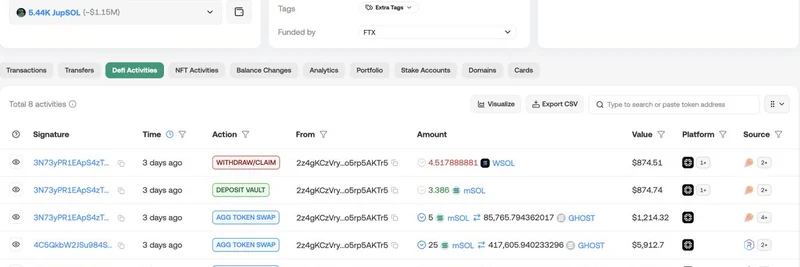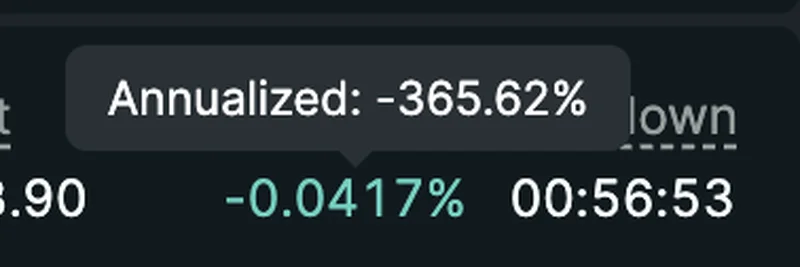Hey there, crypto enthusiasts! If you’ve been keeping an eye on the decentralized finance (DeFi) space, you might have noticed something intriguing happening with decentralized exchange (DEX) futures trading. A recent post from Castle Labs on X caught our attention, and it’s worth diving into. They pointed out how the DEX to centralized exchange (CEX) futures trade volume, which used to hover between 4-6%, is now showing a steady climb. This might not be as flashy as a meme coin pump, but it’s a strong sign of growth in the crypto sector—and Hyperliquid seems to be leading the charge.
What’s Behind This Silent Boom?
So, what’s driving this shift? The post references earlier discussions about Hyperliquid, a decentralized exchange built on its own Layer-1 blockchain. According to CoinLedger, Hyperliquid offers low fees, fast transactions, and advanced trading tools like perpetual derivatives—features that are making it a favorite among traders. This platform’s ability to handle up to 200,000 transactions per second with its unique Hyper BFT consensus mechanism is a game-changer, especially for futures trading, which relies on speed and efficiency.
Castle Labs highlights that this growth is “less flashy but strong,” and they’re spot on. While meme tokens grab headlines, the rise in DEX futures trading volume—up 800% since 2022 lows, as noted by The DeFi Investor—shows a deeper trend. Traders are moving away from centralized platforms, where they risk account freezes or hacks, toward DEXs where they control their funds via personal wallets.
The Hyperliquid Effect in Action
Let’s break it down. The images shared in the thread (like the one from Noveleader) show DEX to CEX spot trade volumes hitting around 30%, with futures likely to follow. Hyperliquid’s design—offering an order book system and one-click trading—mimics the best of centralized exchanges while keeping decentralization intact. This hybrid approach is attracting more users, especially after high-profile CEX failures like FTX, as noted in a ScienceDirect study.
The data backs this up. According to The Block, the DEX futures trade volume percentage has been climbing steadily, and Hyperliquid’s innovations are a big reason why. It’s not just about speculation; this shift is fueled by practical benefits like enhanced security and user control, as traders seek alternatives to centralized risks.
Why This Matters for Meme Token Fans
You might be wondering, “What does this have to do with meme tokens?” Well, a lot! As DEXs like Hyperliquid grow, they create a more robust DeFi ecosystem where meme coins can thrive. With more trading volume and liquidity, projects like Dogecoin or Shiba Inu could see better support on decentralized platforms. Plus, the rise of governance tokens—think Uniswap’s UNI token, which has quadrupled in value—shows how DeFi growth can spill over into meme-related opportunities.
What’s Next for DEX Futures?
Could this trend push DEX futures trade volume to 10% or beyond soon? Castle Labs and others seem optimistic, especially with Hyperliquid’s momentum. As more traders adopt these platforms and new DeFi projects launch, the shift from CEX to DEX could accelerate. For blockchain practitioners, this is a chance to deepen your understanding of DeFi trends and tools—something we at Meme Insider are passionate about helping you with.
So, keep an eye on these “silent” metrics. They might not scream like a viral meme coin, but they’re shaping the future of crypto trading. What do you think—will Hyperliquid keep leading this charge? Drop your thoughts in the comments, and let’s chat about it!




